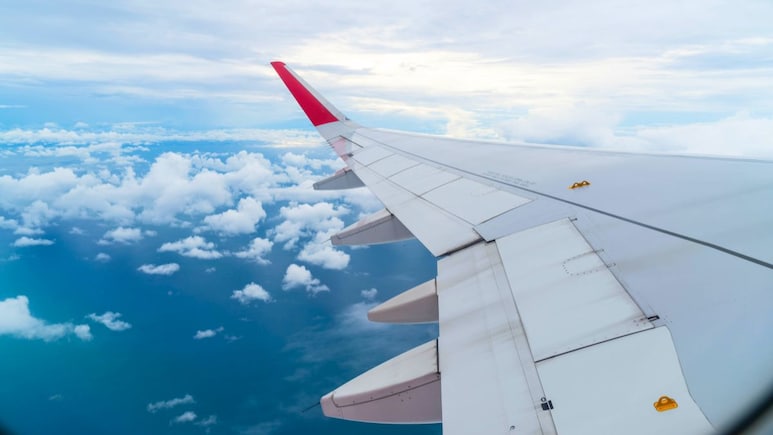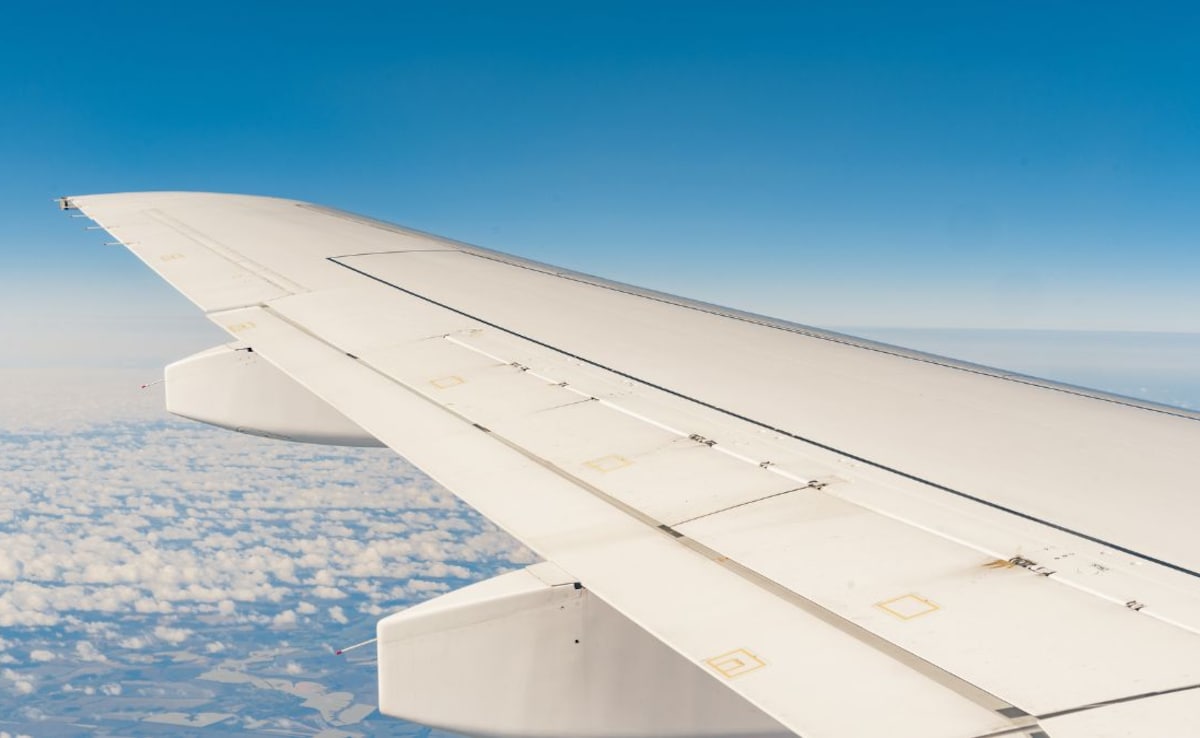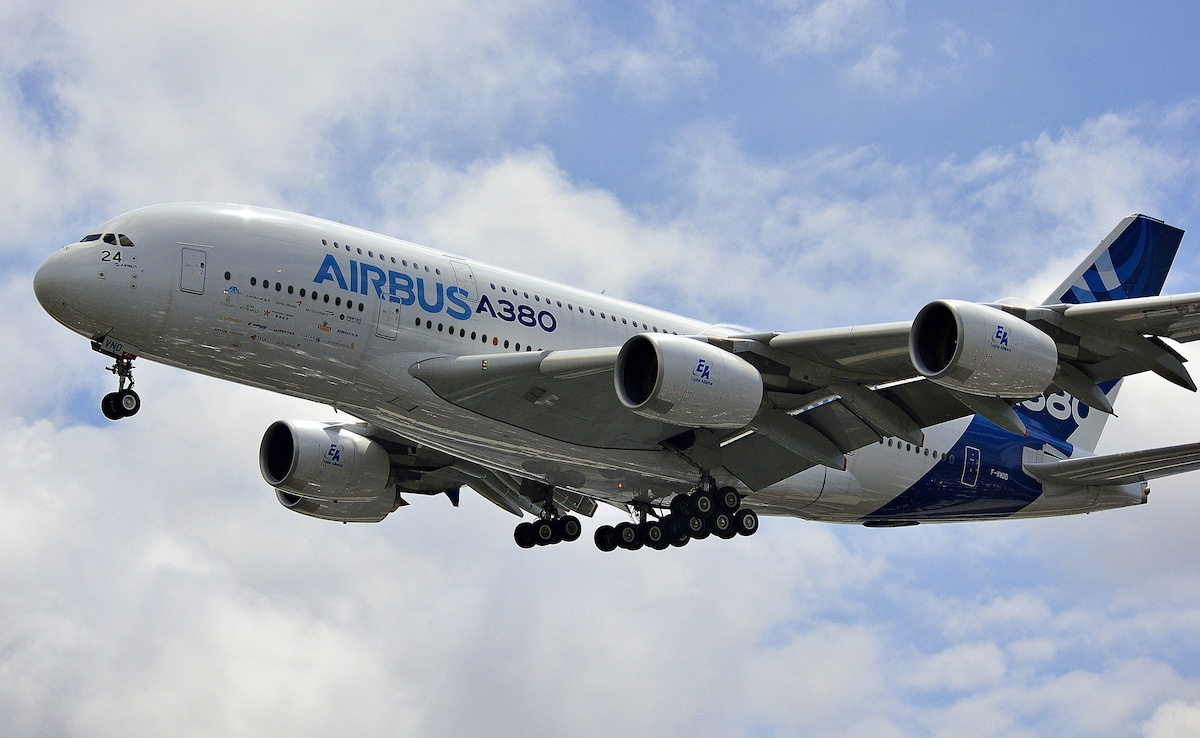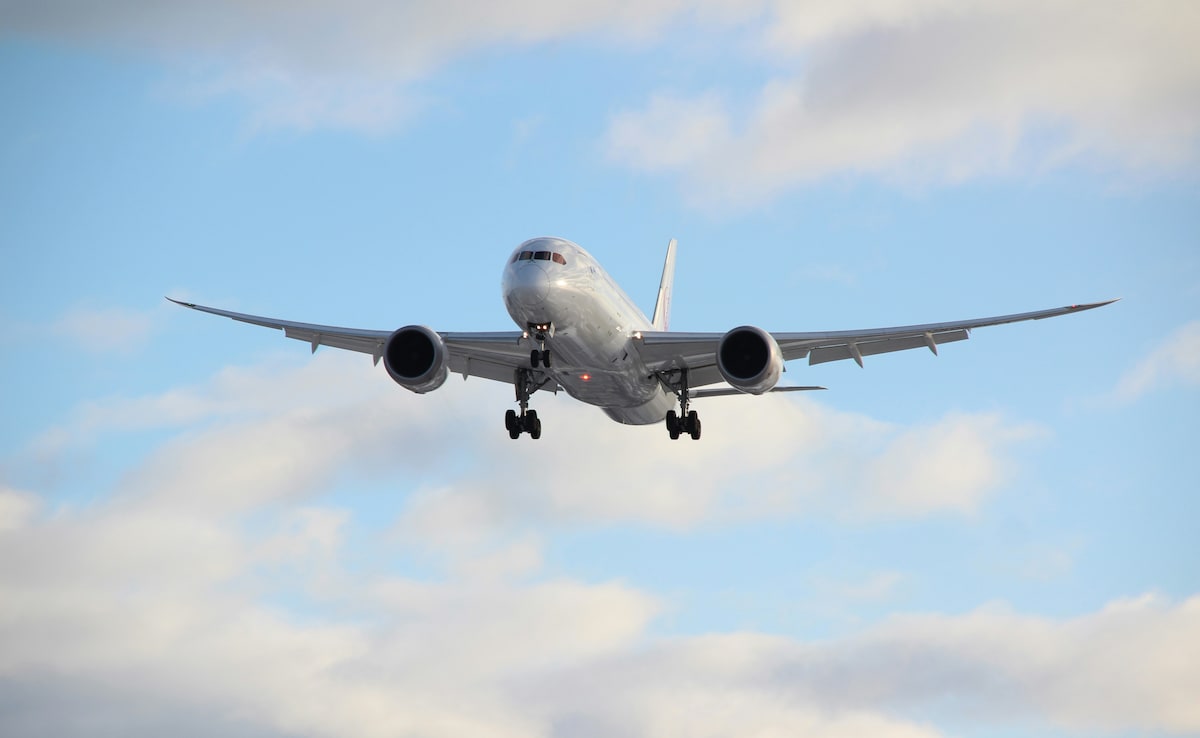
- Airplane wings are designed to flex to distribute stress evenly during flight.
- Wing flexing absorbs turbulence, enhancing stability and passenger comfort.
- Flexible wings improve aerodynamic efficiency and reduce fuel consumption.
If you've ever looked out of an airplane window and noticed the wings flexing or bending, it might have made your stomach flip a little. It can seem alarming at first, but this is completely normal and actually a sign of brilliant engineering. Airplane wings aren't stiff like metal beams, they're designed to flex, twist and absorb forces as the plane flies through the air. This flexibility allows the plane to handle wind gusts and the pressures of lift efficiently. Rather than being a sign of weakness, wing flexing keeps the aircraft safe and even more fuel-efficient. Here's a detailed look at why airplane wings bend mid-flight and why passengers should actually feel reassured.
Also Read: Ever Wondered Why Airplanes Are Always White? Here Are 5 Reasons

Here Are 5 Key Reasons Why Aircraft Wings Bend And Flex Mid-Flight:
1. Wings Are Designed To Flex
Airplane wings are intentionally flexible rather than rigid. The materials and structure allow them to bend upward when lift and air pressure act on them. This flexibility helps distribute stress evenly, reducing the risk of damage while keeping the plane stable. Engineers test wings to flex far beyond what occurs in normal flight, so what you see out the window is well within safety limits.
2. Turbulence Absorption
During turbulence, wings act like shock absorbers. The bending motion disperses energy from sudden gusts of wind or air pockets, which helps maintain stability. This reduces the jolts passengers feel and protects the plane's structure, much like suspension in a car smooths out bumps on the road.
3. Efficient Lift And Flight Performance
Flexing wings improve aerodynamic efficiency. By bending, the wings adjust slightly to changing air pressures, allowing the plane to maintain optimal lift with less fuel consumption. This subtle movement helps airplanes fly smoother, faster and more efficiently, even at high altitudes.

Photo Credit: Unsplash
4. Strong Yet Lightweight Materials
Modern wings are made from high-strength aluminium and composites like carbon fibre, which are both lightweight and flexible. These materials provide the perfect combination of strength and resilience, allowing the wings to bend safely while still carrying the massive weight of the aircraft and passengers.
5. Built-In Safety Margin
Wings are tested to bend far beyond what occurs in normal flight, sometimes 25 feet or more to ensure absolute safety. The bending you see is just a tiny fraction of the wing's total capability, so there's no reason to worry. This design ensures that even in extreme conditions, the aircraft remains structurally sound and passengers safe.

Photo Credit: Unsplash
Interesting Aircraft Facts You Need To Know:
Why Do Airplane Windows Have Tiny Holes?
Airplane windows have tiny holes, known as bleed holes, to allow pressure equalization between the cabin and the outside environment, preventing window failure or cracking due to pressure differences.
Why Are Lights Dimmed Before Take-off And Landing?
Lights are dimmed before take-off and landing to prepare passengers' eyes for potential emergency evacuations in low-light conditions, improving safety and reducing evacuation time.
Also Read: 5 Fascinating Reasons Why Airplane Windows Are Round, Not Square
Why Are Airplanes Painted White?
Airplanes are often painted white to reflect sunlight, reduce heat absorption and minimise the risk of overheating, which can damage the aircraft's structure and systems. White paint also makes it easier to detect cracks, dents or other damage.
So, the next time you see the aircraft wings flex, just know your plane is working exactly as it should.
Track Latest News Live on NDTV.com and get news updates from India and around the world

